The Independent's journalism is supported by our readers. When you purchase through links on our site, we may earn commission.
Best rosé wines for summer
A pick of pale pinks you're yet to try
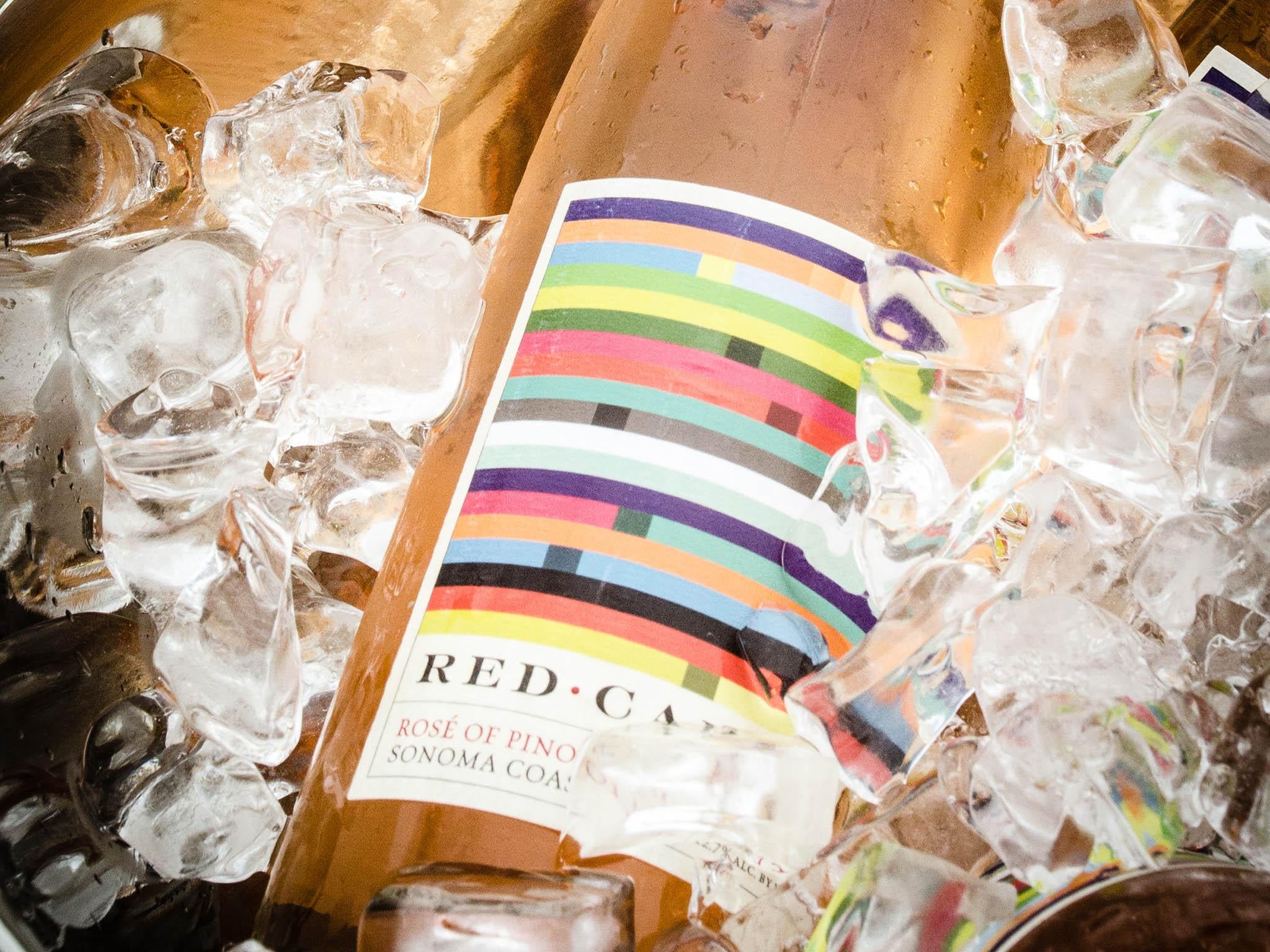
Your support helps us to tell the story
From reproductive rights to climate change to Big Tech, The Independent is on the ground when the story is developing. Whether it's investigating the financials of Elon Musk's pro-Trump PAC or producing our latest documentary, 'The A Word', which shines a light on the American women fighting for reproductive rights, we know how important it is to parse out the facts from the messaging.
At such a critical moment in US history, we need reporters on the ground. Your donation allows us to keep sending journalists to speak to both sides of the story.
The Independent is trusted by Americans across the entire political spectrum. And unlike many other quality news outlets, we choose not to lock Americans out of our reporting and analysis with paywalls. We believe quality journalism should be available to everyone, paid for by those who can afford it.
Your support makes all the difference.With high temperatures lifting our spirits in the past few days, everyone starts to feel as if they’re on holiday. Hours stuck inside the office are spent in a languid daydream, counting down the hours until we can unwind, padding barefoot between fridge and garden, carrying ice-cold glasses of rosé. And in this daydream, what colour generously pours out of the bottle? Is it deep raspberry, bright salmon – or the most delicate shade of onion skin? And do you think the colour denotes the sweetness? Or perhaps the region? The dry styles of Provence rosé have been hugely popular for the last few years and fans have become adept at spotting similar styles.
But it would be a shame to fall into this trap. Pale pink does not necessarily equal bone dry, while a dark, full-bodied, bubblegum pink doesn’t necessarily mean the wine will be far sweeter. A variety of shades can be crisp and dry on the palate.
Rosé is made all over the world, from a huge variety of red and black grapes, including cinsault, grenache, mourvedre, tempranillo, pinot noir and cabernet sauvignon, and the flavours vary from red fruit, citrus and stone fruit to floral, saline or herbaceous.
There are four different ways to make rosé wine. The first is direct pressing. Popular in Provence, it involves crushing and pressing black grapes, in the same way you would in white wine production. A small amount of colour is extracted but not too much, to avoid too much bitter tannin from the skins. The end product is pale pink. The second method is drawing off, where red grapes are pressed as in making red wine but the juice is drawn off between six and 48 hours after fermentation, depending on the depth of colour required. The process then continues at a much cooler temperature to preserve the fruity flavours. Bleeding (or saignée) is the same as drawing off but only a small amount of the juice is drawn off, the main aim being to make a red wine, with rosé happily created as a by-product along the way – two wines for the price of one. You can also blend some red and white together in the fourth method, but this is banned in the EU, except in Champagne. It also can crop up in high-volume new world styles.
So with summer here, it’s time to experiment with different shades of pink from across the globe, all offering the delicious taste of summer fruits with refreshing acidity and a dry finish. You’ll be keen to keep sipping these:
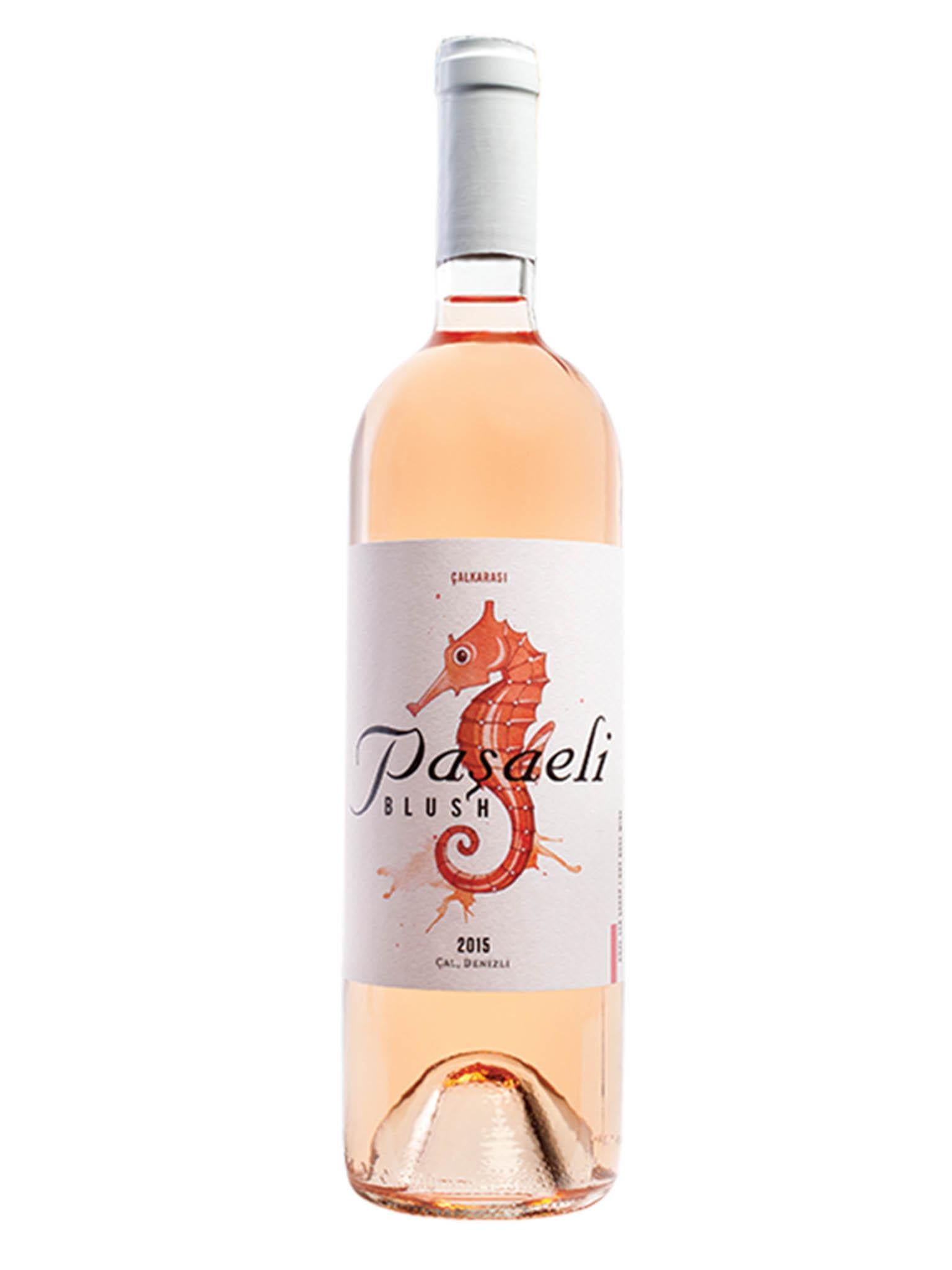
Paşaeli Çalkarasi Rosé, 2015
£13.99, Red Squirrel
Super-dry and with a strong saline edge, this wine from Çal, Turkey, really stands out. Made from the Çalkarasi grape, favoured for its high acidity, ripe stone fruit and red fruit aromas. This is also the grape used to make the more traditional spirit, raki, but the rosé won’t give you the mind-numbing hangovers.
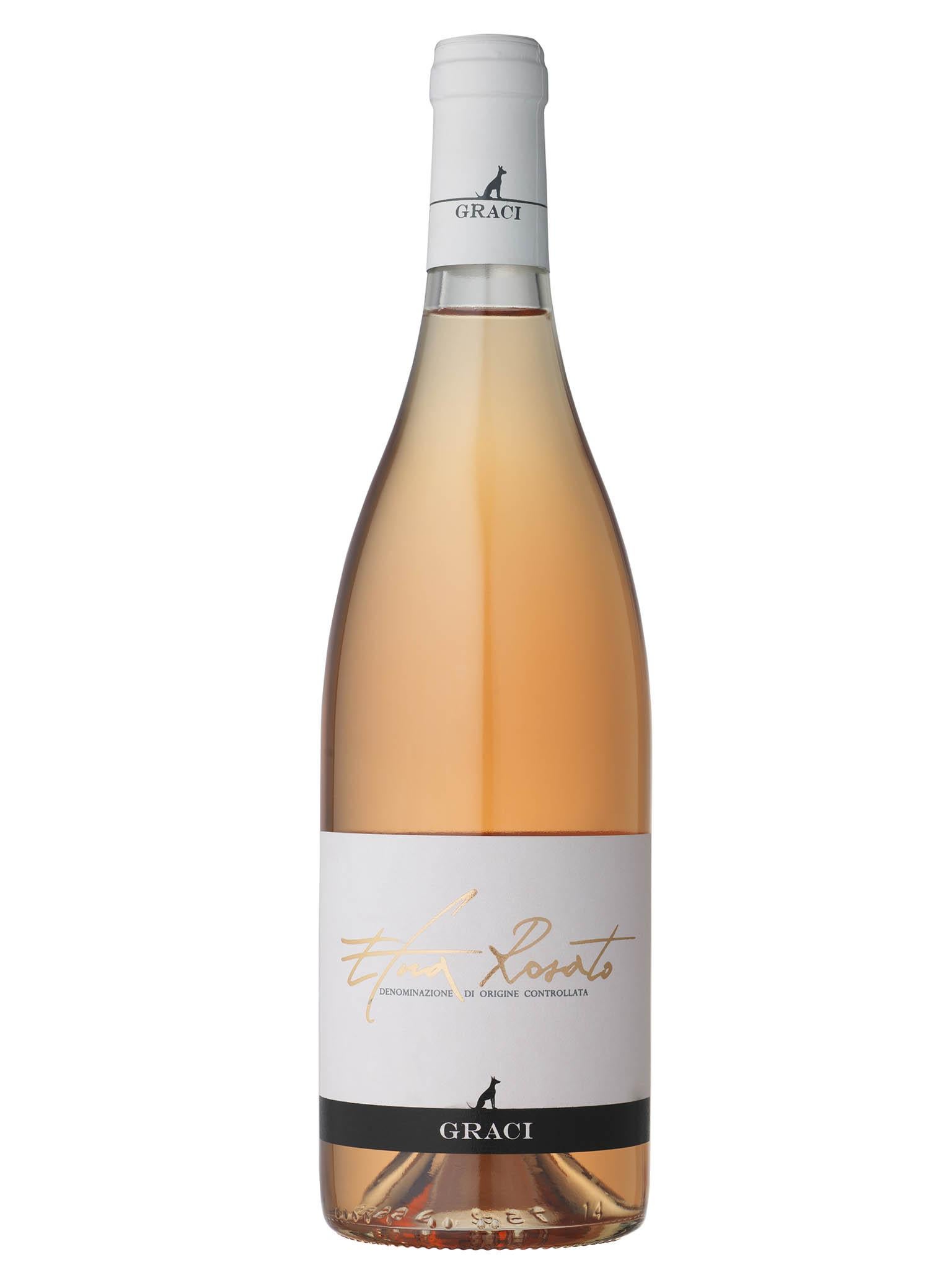
Graci Etna Rosato, 2014
£16.95, Berry Bros & Rudd
Wines from Mount Etna are hugely popular due to the ideal climatic conditions – vines are grown on the slopes of the volcano and protected from rain showers, while minimal chemicals or pesticides are required and high altitudes provide a long ripening season, enabling the grapes to maintain acidity. Made from nerello mascalese, this wine displays high acidity, subtle citrus, red fruit and white pepper mineral tones, and it’s bone dry. This really opens up with food, from starters through to main course.
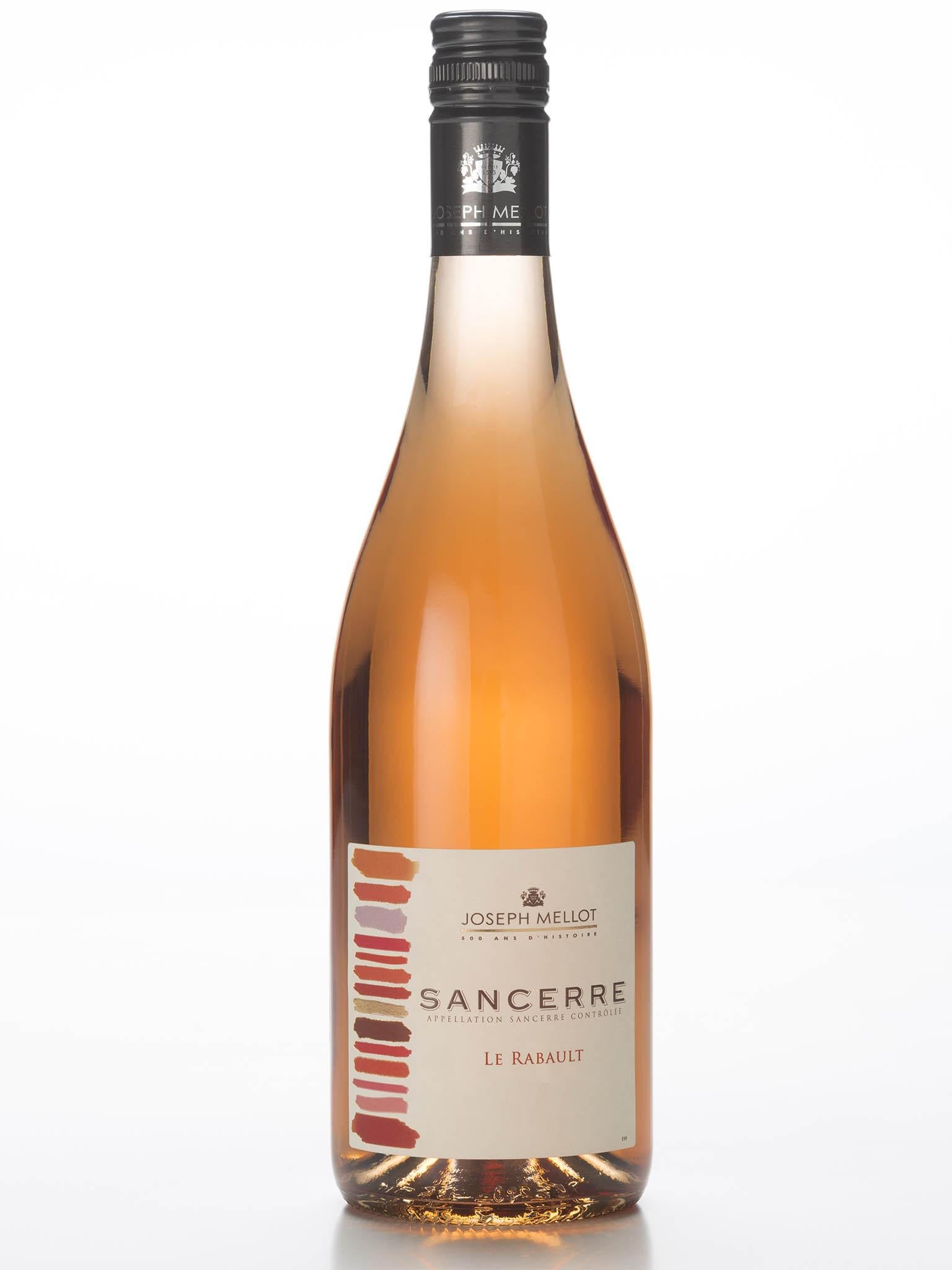
Joseph Mellot, Sancerre Le Rabault, 2014
£15.60, McDonald Wine Store
Salmon pink in colour and made from 100 per cent pinot noir, after only a few hours of skin contact this Loire Valley wine has the structure of a light red, with delicate strawberry and blackcurrant flavours. Would work well with slightly more exotic foods, such as Vietnamese or Japanese.
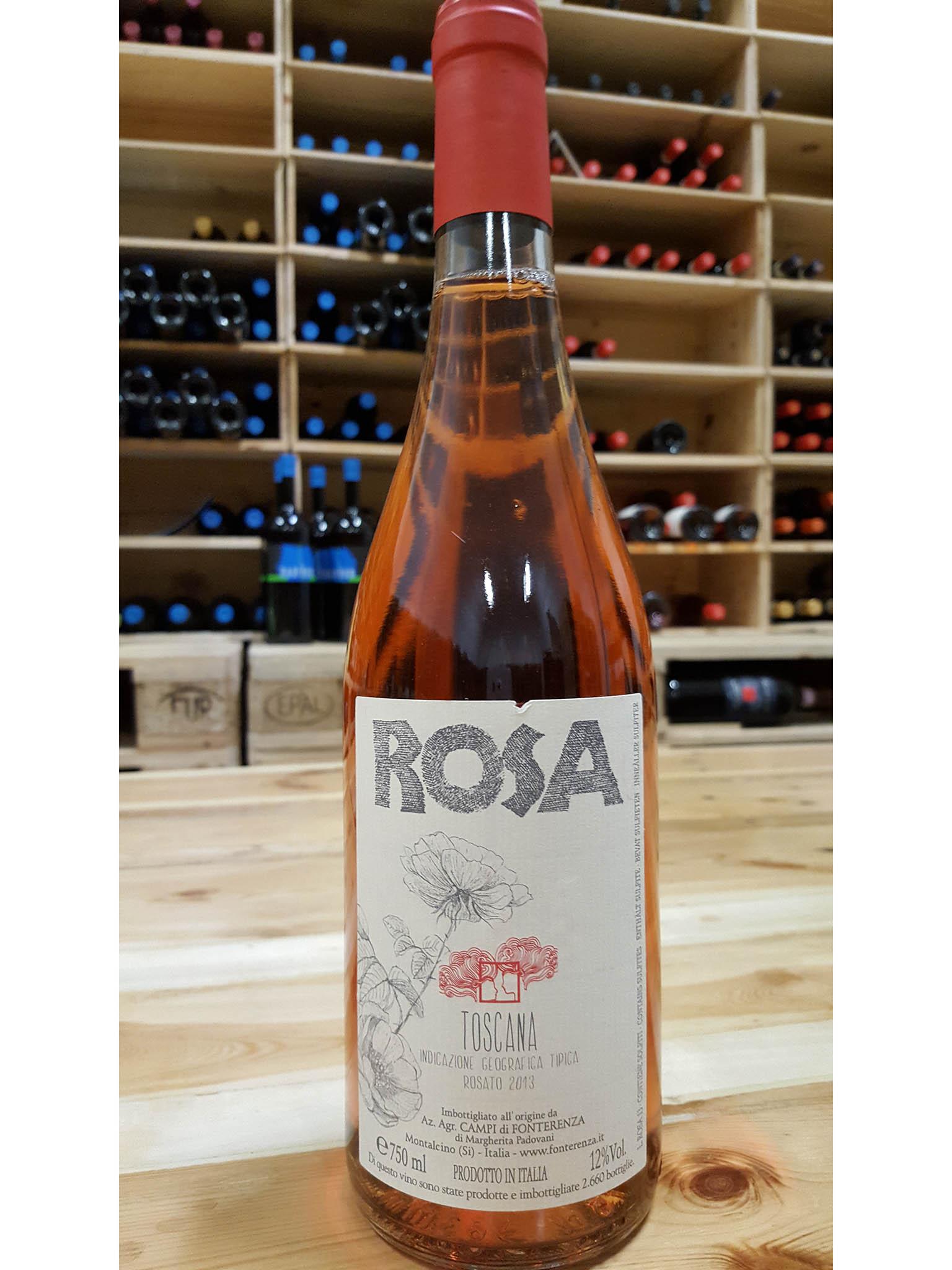
Rosato di Fonterenza, 2014
£20, Dynamic Vines
Founded in 1999 by twin sisters Margherita and Francesca Padovani, Fonterenza is a 40-hectare estate in Montalcino, Tuscany. Located 450 metres above sea level and surrounded by forest, the area is a diverse living ecosystem, its energy reflected in the deep-pink wine. Strong fruit in the centre, elegant and well structured and – most importantly – highly quaffable.
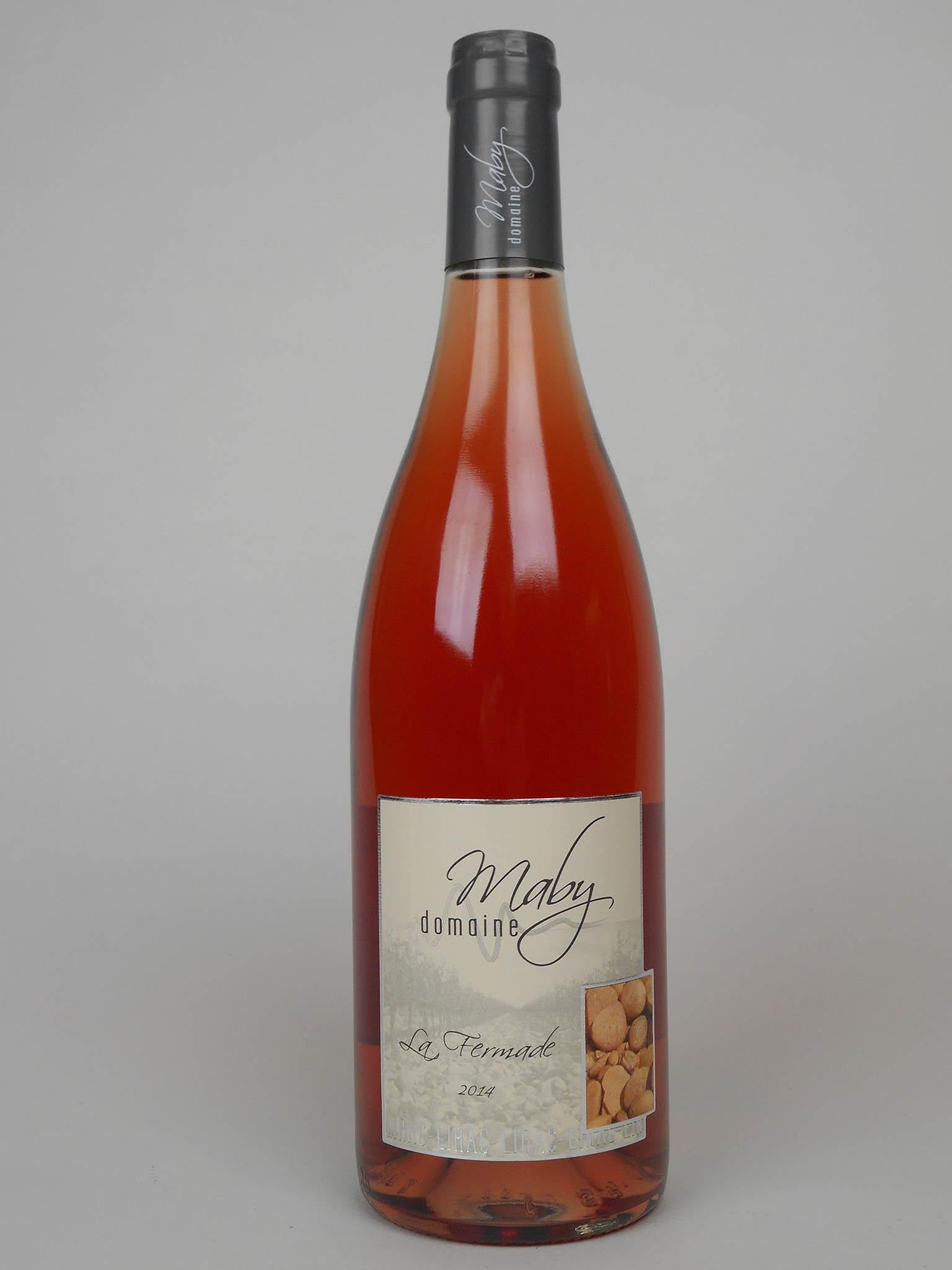
Domaine Maby La Fermade, 2014
£12.50, Yapp Brothers
A Tavel-style rosé from Lirac, Tavel’s closest neighbour, in southern Rhône. Medium-bodied with brick-pink depth of colour, the wine has 70 per cent cinsault balanced with 30 per cent grenache. It has a good depth of flavour – strawberries, rosehip and redcurrant, with a saline edge – and pairs well with traditional charcuterie as well as Asian cuisine.
Red Car Winery, Sonoma Coast Rosé, 2014
£20.70, Honest Grapes
A counterpoint to the popular sweet blush rosés typical of California, this cool-climate vin gris (a wine made via the direct pressing method with no skin contact) from Sebastopol, Sonoma Coast, is made from whole-bunch pinot noir grapes, cool harvested and immediately pressed to preserve aromatic flavours of tangerine oil, pink grapefruit, red berry and lime. Sweet and savoury in continual harmony with a refreshing and thirst-quenching acidity, make this altogether moreish.

Mazza Bastardo, 2014
£17.95, Berry Bros. & Rudd
An unfortunate name, the bastardo grape originally hails from the Duoro Valley where it was used in port production in the 19th century. Now, winemaker David Mazza has made this thin-skinned grape a hit in Western Australia. Medium-bodied, with fresh citrus acidity and more savoury, herbal notes to balance out the strawberry red fruit. Absolutely delicious.
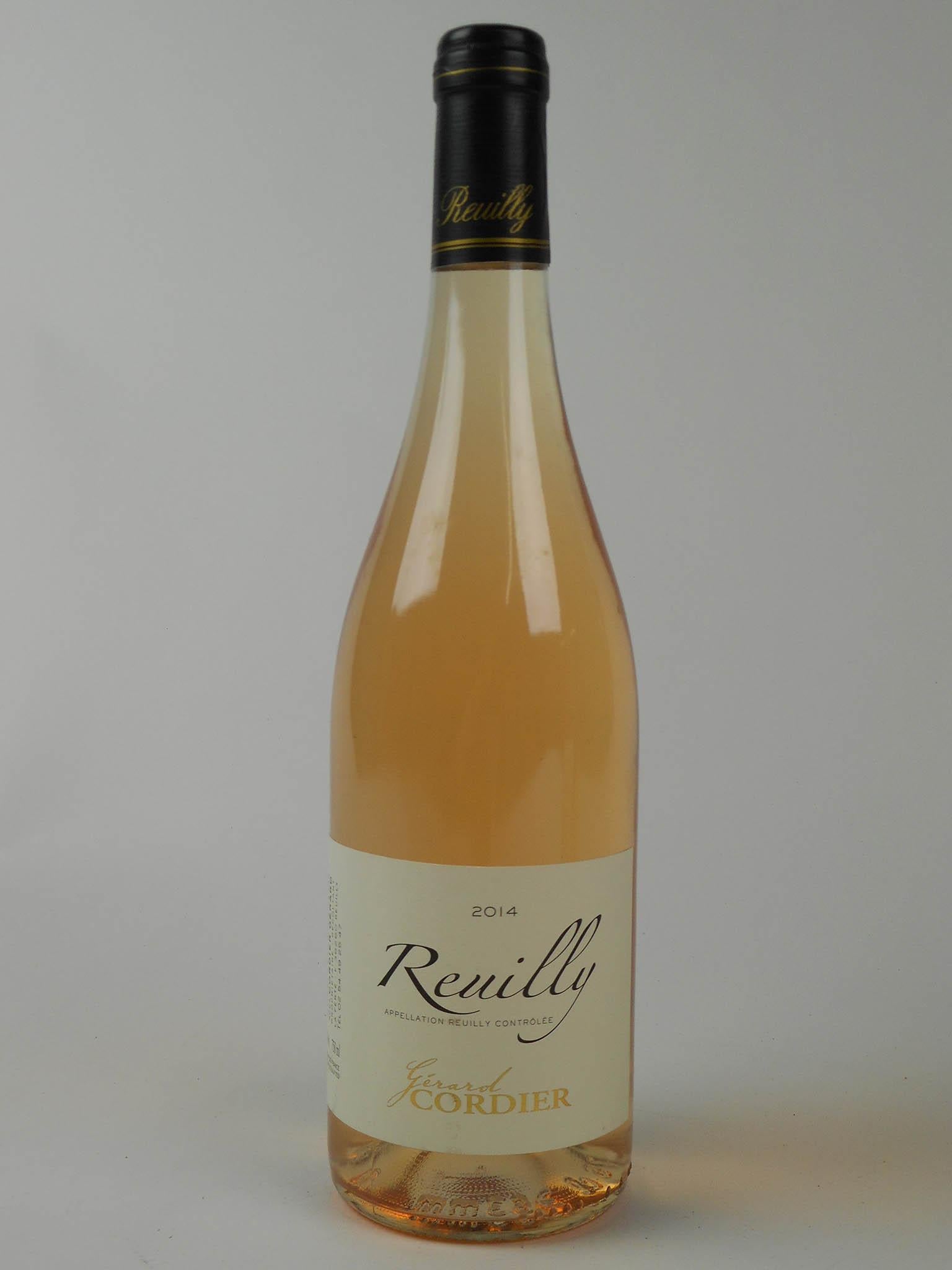
Gerard Cordier, Reuilly Pinot Gris, 2015
£12.50, Yapp Brothers
From the Loire, hand-harvested, low-yield pinot gris grapes are delicately crushed and pressed to produce a bone-dry wine of superb quality. Crisp and sophisticated with subtle fruits of redcurrant and rosehip, serve with seafood and a scenic view.
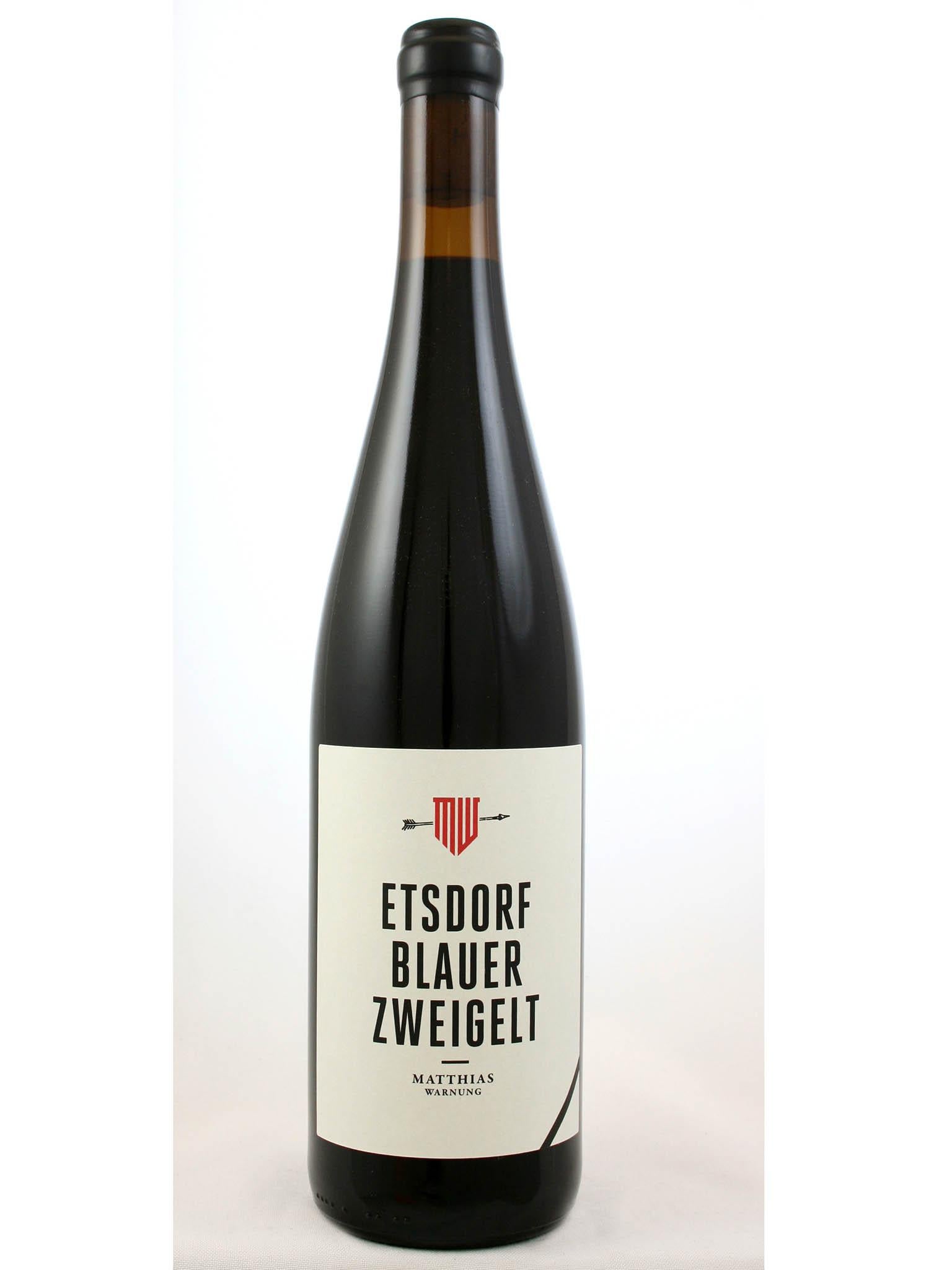
Warnung, Etsdorf Blauer Zweigelt, 2013
£20, Les Caves de Pyrene, Call 01483 554750
A beautiful Austrian, natural wine made from zweigelt grapes – citrus and herbal on the nose but with delicate rosewater and white fruit on the palate. This is fresh and well balanced with a pleasant hint of fizz and at only 11 per cent will be enjoyed within minutes.
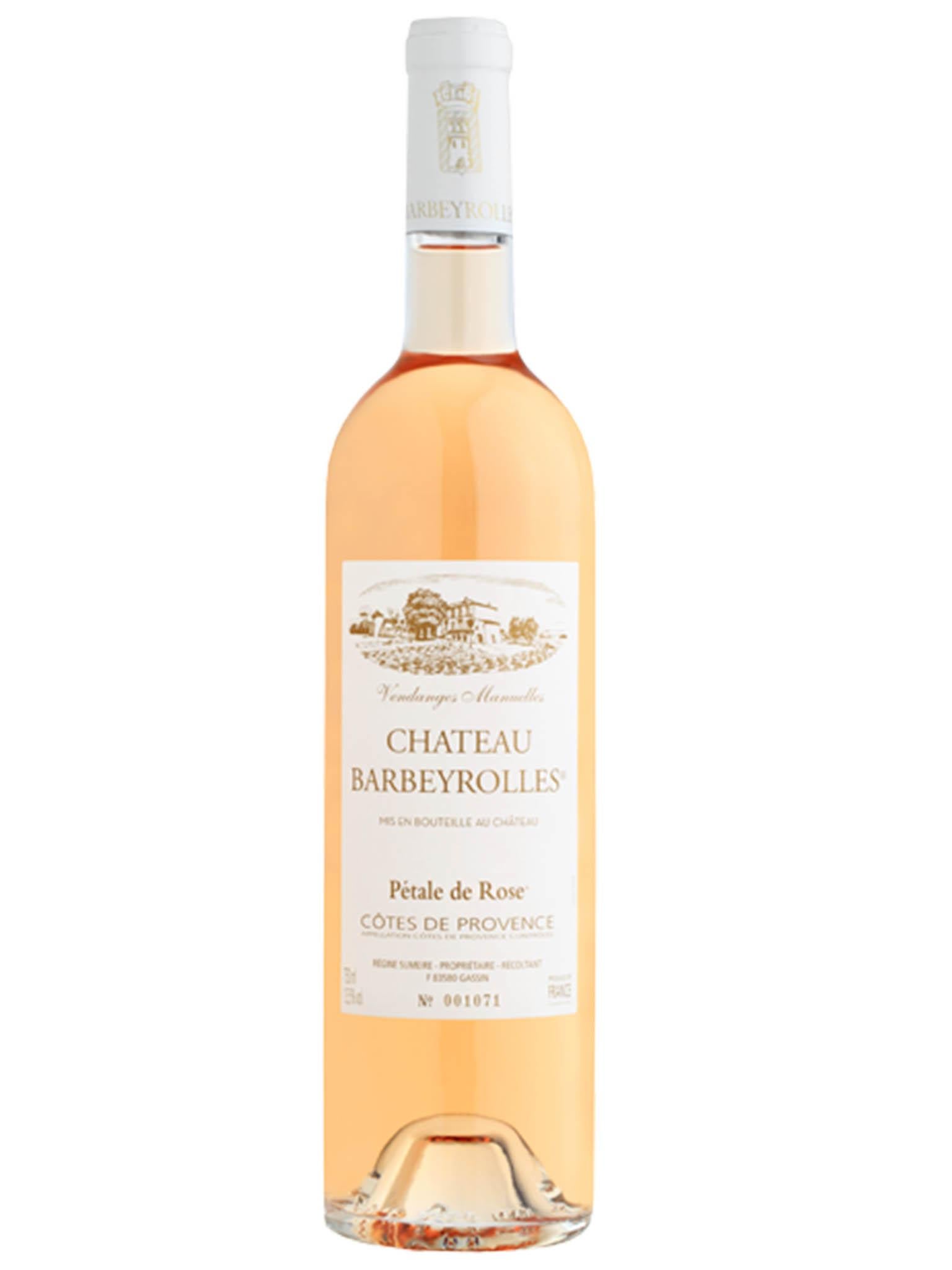
Chateau Barbeyrolles, Pétale de Rose, 2013
£15.99, The Wine Press
Don’t be deceived by the delicate peach colour, Chateau Barbeyrolles is a characterful wine with some weight to it. Usually priced at £21.99, the 2013 vintage is now on discount and the wine has benefited from a little time in bottle. Régine Sumeire is the woman behind this organic wine, following in the footsteps of her father and grandfather. The eight grape varieties brim with all the flavours of peach, raspberry, citrus, a little honey but are never overbearing. Served as an aperitif or pretty much with any dish, the wine’s elegant beauty refuses to be diminished.
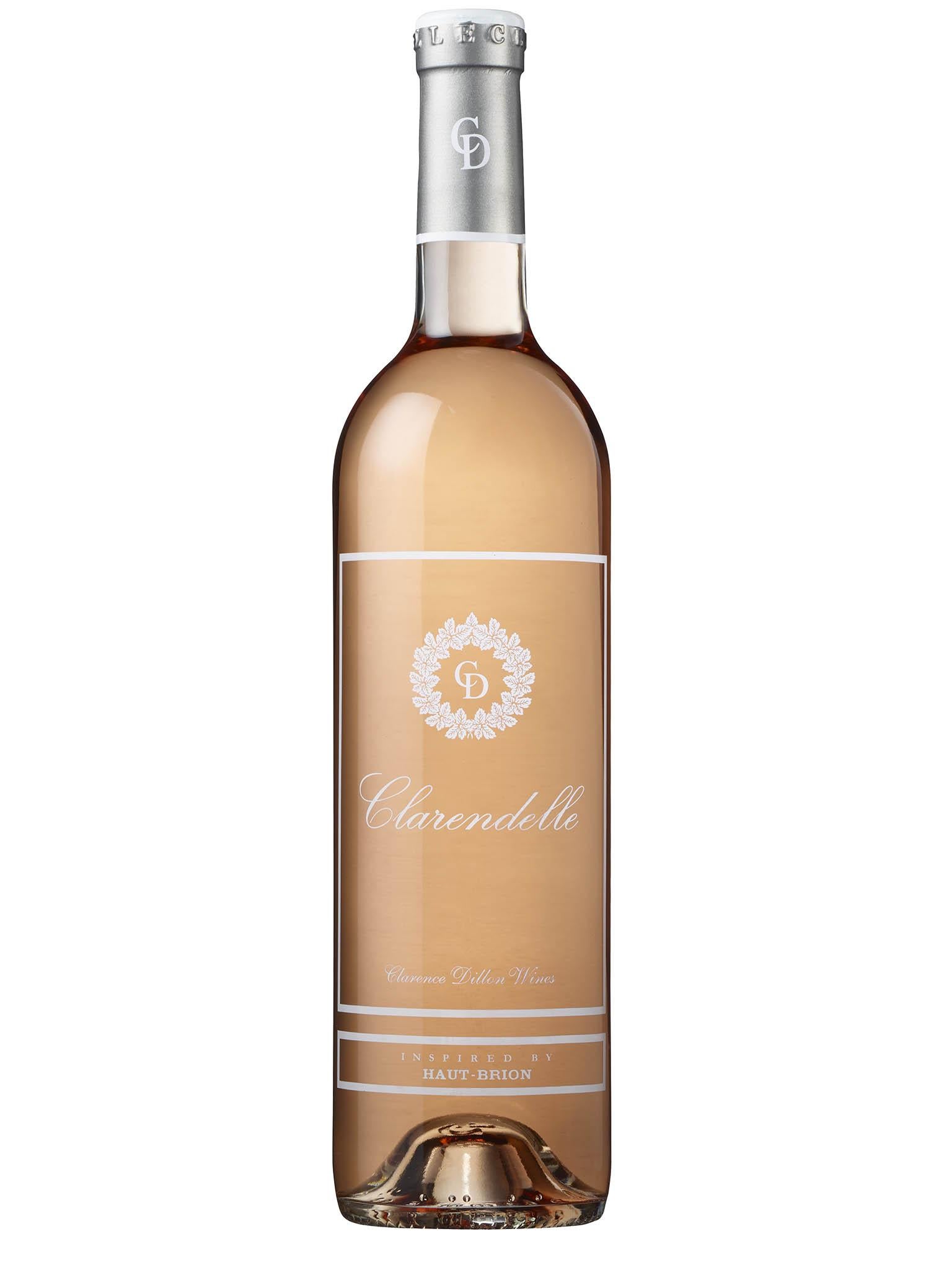
Clarendelle Bordeaux Rosé, 2015
£13.90, Hedonism Wines
A region less known for its rosés, Bordeaux is now getting in on the act with total production at eight per cent last year. Clarendelle is a grown-up rosé made by first-growth estate Chateau Haut-Brion. Inspired by the traditional clairets, this is a blend of merlot, cabernet sauvignon and cabernet franc – complex with notes of grapefruit, blackcurrant, lychee and strawberry and a satisfyingly long, dry finish. The perfect wine for bigger dishes such as lobster, pork and creamy chicken – or with salty, grilled halloumi, the silkiness of the wine supplying the perfect contrast.
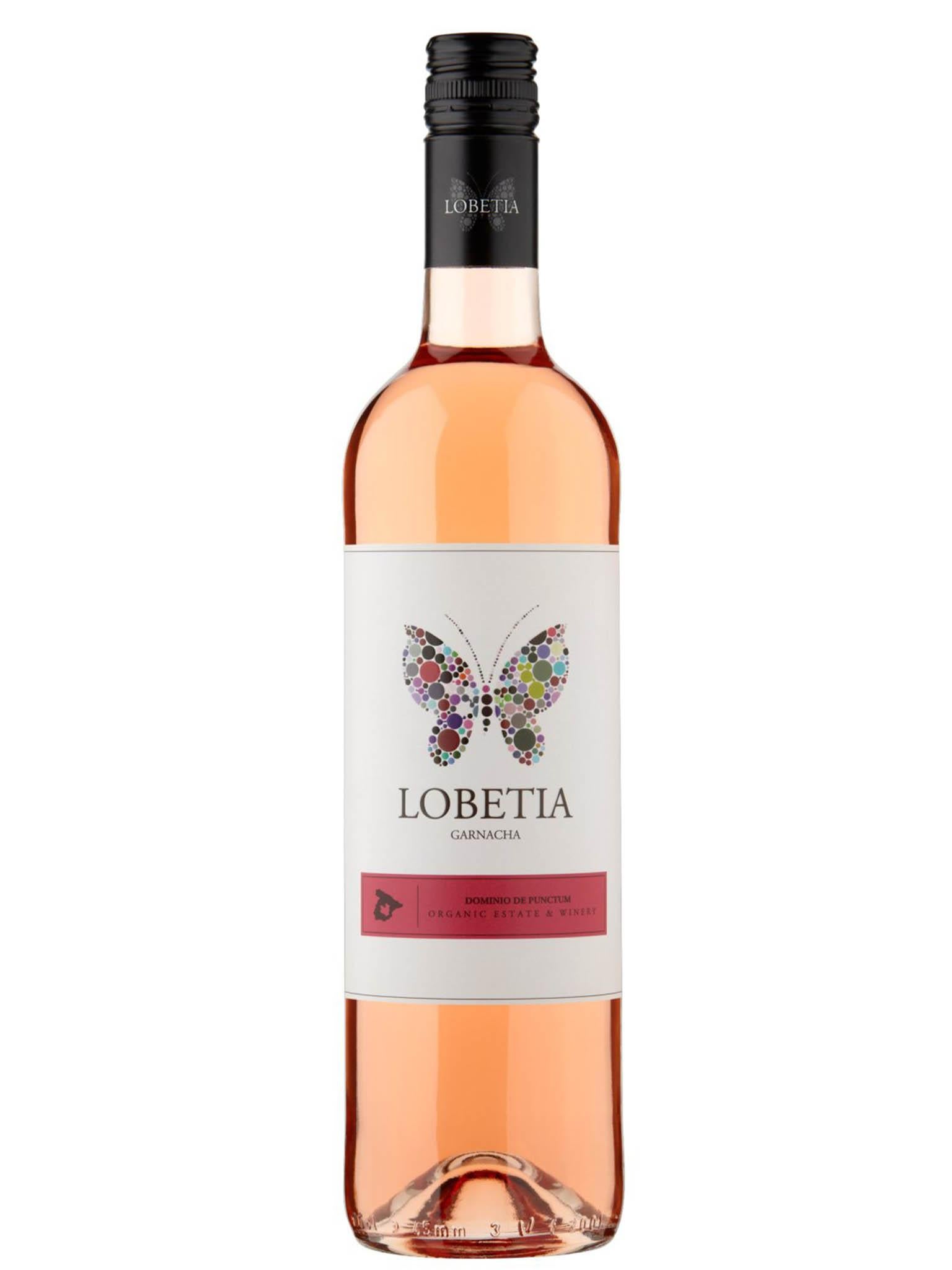
Dominio de Punctum, Lobetia Rosado, 2015
£8.99, Ocado
A biodynamic wine from Las Pedroñeras, at the northern end of La Mancha, and made entirely from Garnacha grapes. These thin-skinned berries are susceptible to early oxidation, so are harvested at night and cold-macerated before fermentation to preserve fresh flavours of ripe red cherry, white pepper and racy acidity. Great with food rather than as an aperitif.
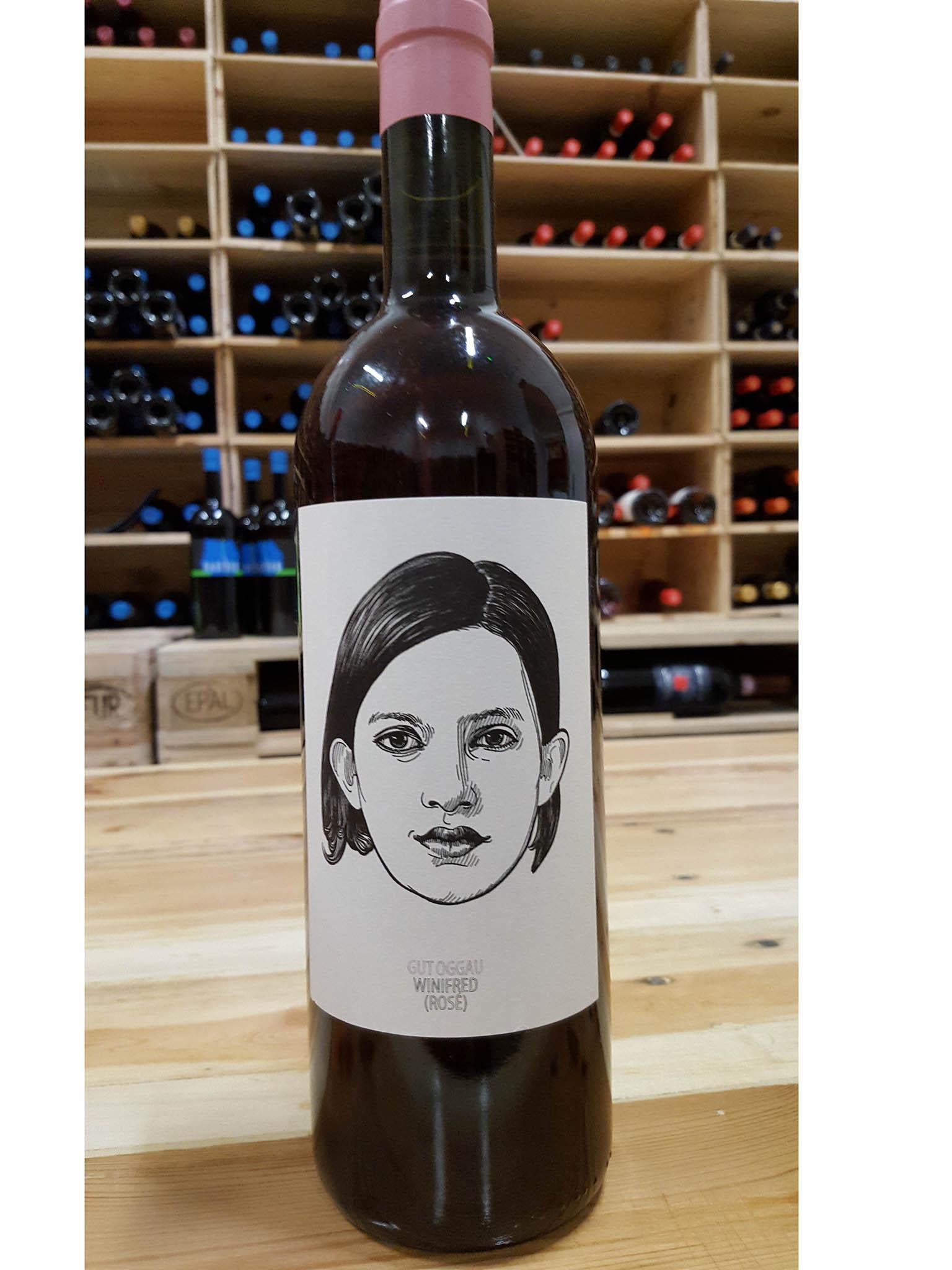
Gut Oggau, Winifred, 2015
£25, Dynamic Vines
I first drank this last summer at Ottolenghi’s Nopi, in Soho, and it was love at first sip. Light with red fruits, made from a blend of Bläufrankisch and Zweigelt grapes, the 2015 is richer than previous vintages, balanced with lively acidity and an unexpectedly savoury, herbaceous finish. Winifred's personality is expressed in the face drawn on the label by designer Jung von Matt, each wine making up a different family member of the Gut Oggau family tree.
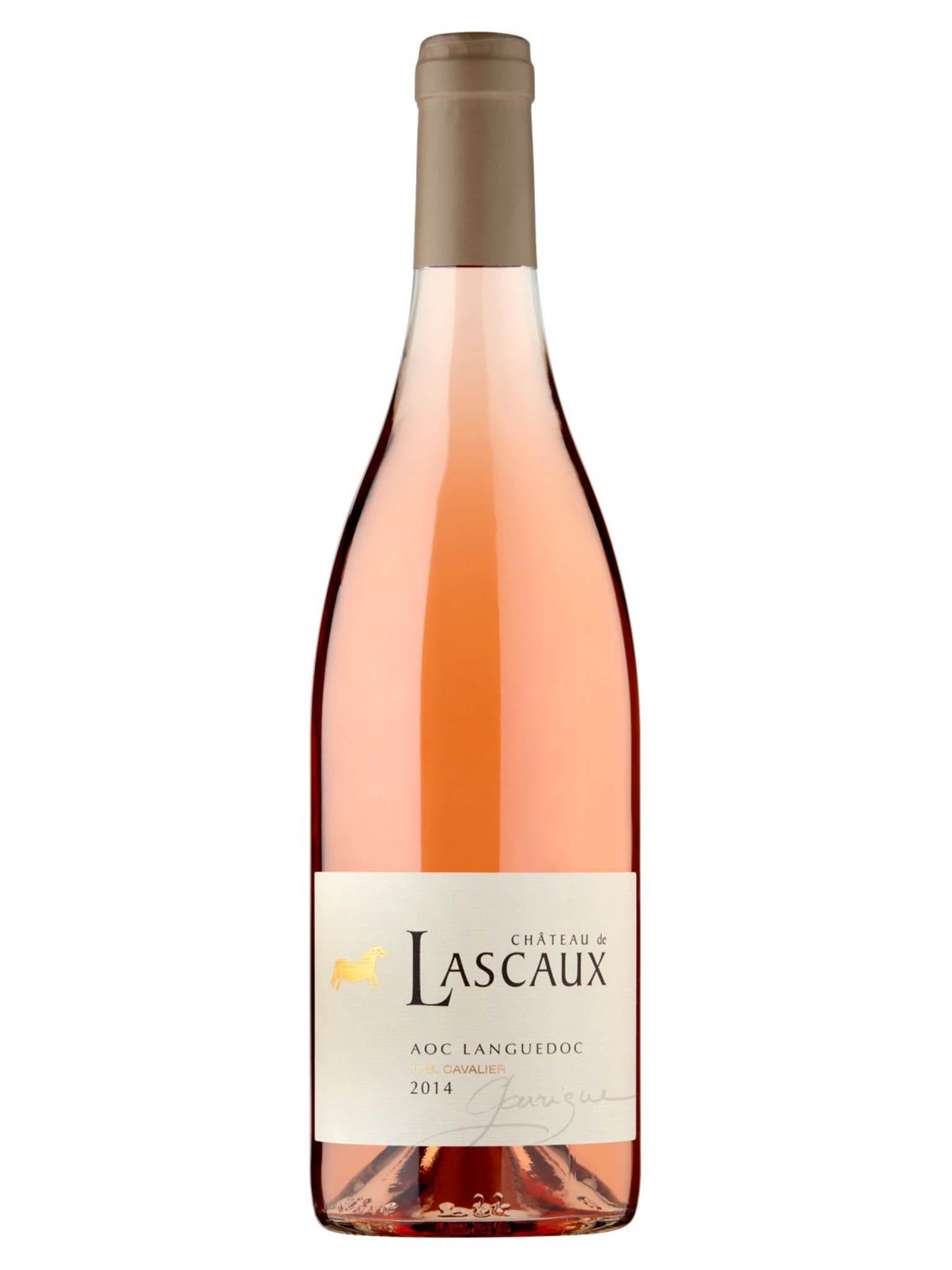
Chateau de Lascaux, Garrigues, 2015
£12.99, Ocado
From Coteaux de Languedoc, this grenache and syrah blend makes an ideal start to a summer’s evening. It’s full of ripe red berry fruit, redcurrant, raspberry and a touch of minerality. There’s enough character and complexity to keep you happily interested for a good few glasses before realising the night has raced by, leaving you with a hungry stomach and a bowl of empty pistachio shells.
Nuria Stylianou is a WSET-qualified wine and spirits columnist. Email her on nuria.stylianou@gmail.com and follow her on Instagram @nu_on_the_vine
Join our commenting forum
Join thought-provoking conversations, follow other Independent readers and see their replies
Comments